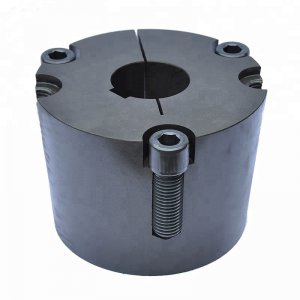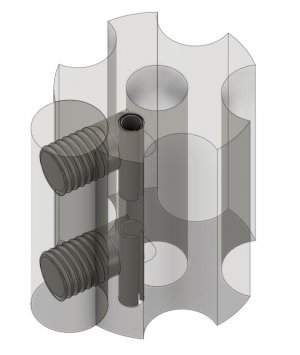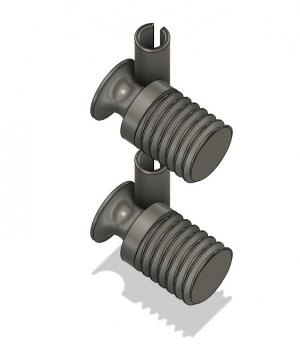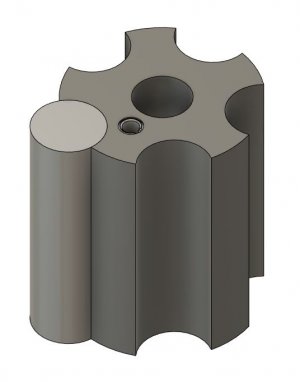- Joined
- Apr 12, 2011
- Messages
- 3,488
Yeah, we try to help people with thus stuff and you have to fight to get all the design criteria one piece at a time. This is the second one in a week that we have gone through this.It would be helpful to know what this assembly will be used for.
Airtight: At what pressure?
Most adhesive products can be released with heat. What temperatures will this be subject to?
Drilling and tapping for screws from the opposite side seems the most practical thing to do. Most thread locking compounds will also seal to some degree. Is there some functionality other than airtightness that precludes the use of countersunk screws?
I am done guessing.





